Local mountain rescue teams have issued a warning about mobile phones amid a record-breaking number of callouts in Tayside.
In 2022, Tayside Mountain Rescue Team [MRT] had 56 callouts – the second highest since the group was formed in 1976.
This was just one below 2021, when there were 57, which means the past two years have been the two busiest ever.
It is a similar story for neighbouring Killin MRT, with last year’s 44 callouts the most “anyone can remember” since forming in 1967.
Google Maps navigation
Both groups report a worrying trend of hikers navigating the area’s peaks using a mobile phone without any backup.
Killin MRT area secretary Will Diamond said: “We would always urge people to carry a map and compass on the hill with them, along with the ability to use them.
“Technology is a great thing and can make life easy.
“However, the Scottish weather can very quickly affect battery life, particularly in the winter conditions.
“So those relying on these devices will find they will run out sooner rather than later.
“Mobile phones in particular can be an issue, as they are not designed to be used realistically for navigating with.
“There are great apps that we as mountain rescuers have as a backup, such as OS Locate or Outdooractive.
“But those we find ourselves being called out to assist are generally trying to use standard Google Maps or follow brief directions from websites.”
Mobile phone batteries can fail in the cold
Paul Russell, team leader at Tayside MRT, said that in the past few years there has been an “over-reliance on mobile phone mapping technology.”
“Mobile phones aren’t evil,” he said. “But you have to use it in conjunction with something else, such as a a map and a compass.
“If you’ve not got a mobile phone and if you do get into difficulties you can’t phone for help so they do have their place
“But the big issue is if you are solely relying on it and something happens to the phone – you drop it, you lose it, the battery gets cold and you can’t switch it on, whatever – then you’re snookered.”
Even if the phone is working its map navigation system can still fail, which has led to hikers making emergency calls without knowing their location.
“If you don’t know where you are, we certainly don’t,” Paul added.
“The old traditional map and a compass, and knowing how to use it, is a vitally important skill to have.”
Walker’s hypothermia risk on Ben Ledi
For both rescue teams the new year has been an extension of the previous one.
Tayside volunteers helped a missing hillwalker in the Ben Lawers area on Tuesday and were part of a multi-agency response to a “well meaning false alarm” on the River Tay in Perth on Monday.
On Monday, the Killin MRT assisted a walker who fell and seriously injured themselves on Ben Lui. They were flown to hospital for medical treatment.
On Tuesday at 11.30am they were called out to a walker on Ben Ledi.
This was “as a direct result of being underprepared both in terms of clothing, and no means to navigate,” said Will.
“The conditions on the hill were poor, with limited visibility, strong winds and rain.
“The walker had lost the path in the snowy conditions, and had wandered away from where they should have been headed.
“They weren’t appropriately equipped and had no waterproof clothing with them. They were traced cold and wet, but the outcome could have been significantly worse had we not got to them when we did.
“The walker could very easily have begun to go into hypothermia.”
Ask for police, not the ambulance
Both rescue teams stress that there is no such thing as an “easy” Munro.
They say hikers should be aware of the weather forecast, sunset times and carry correct clothing and equipment such as a torch.
If in need of assistance in the hills or mountains, call 999 and ask for the police, then mountain rescue.
“Contacting fire or ambulance puts a delay into the process as they then need to contact police to mobilise MRTs,” said Will.
“Only the police have the ability to callout a mountain rescue team in Scotland.”
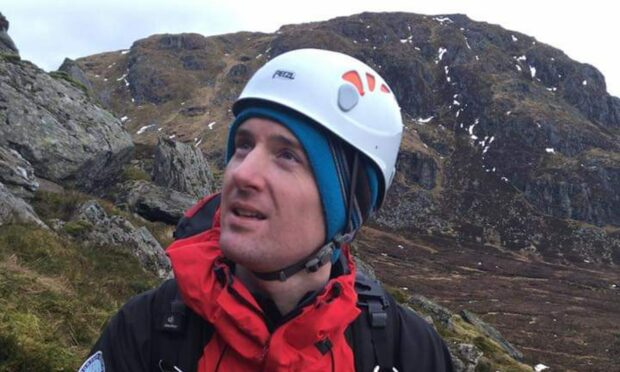
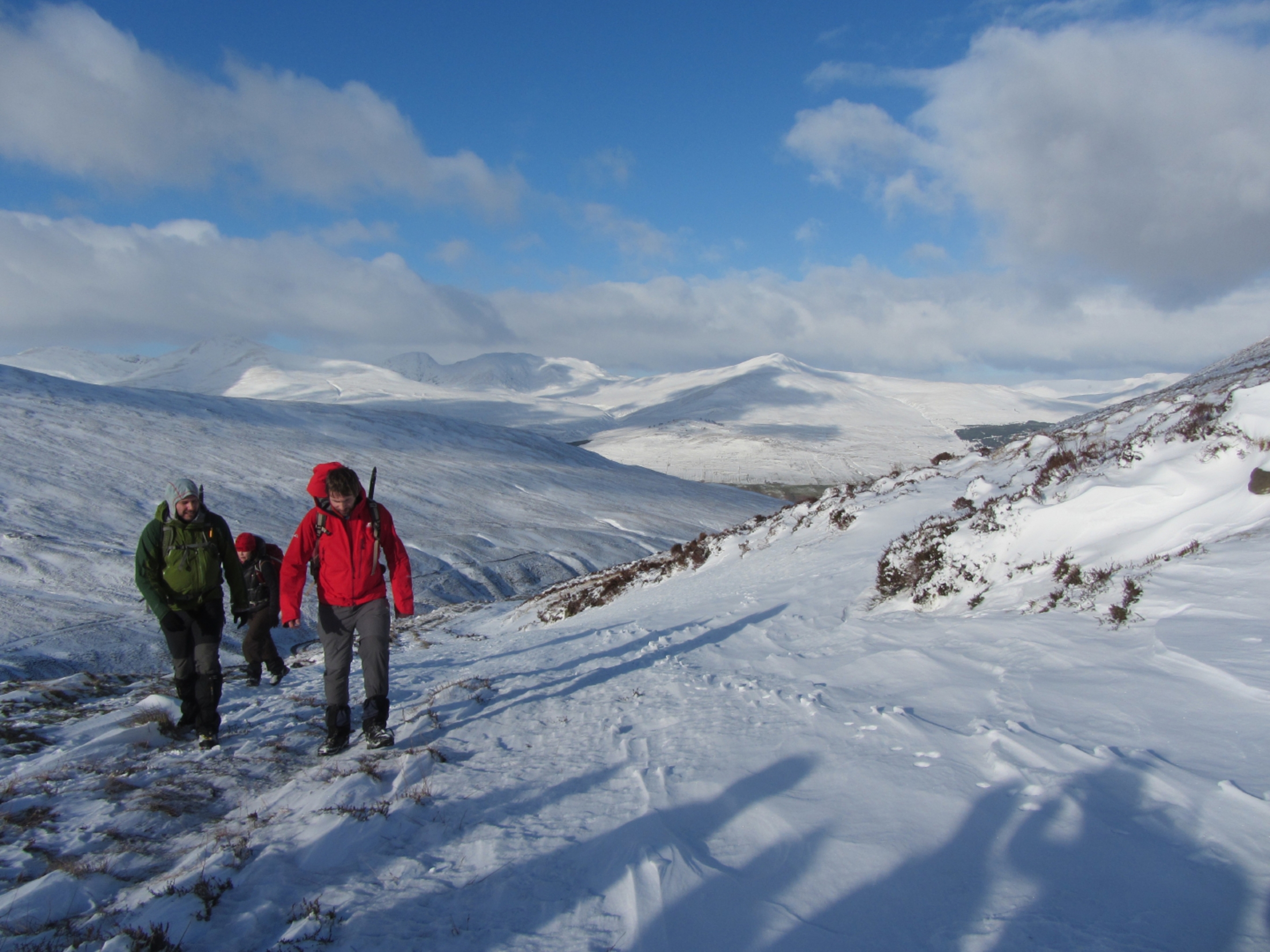
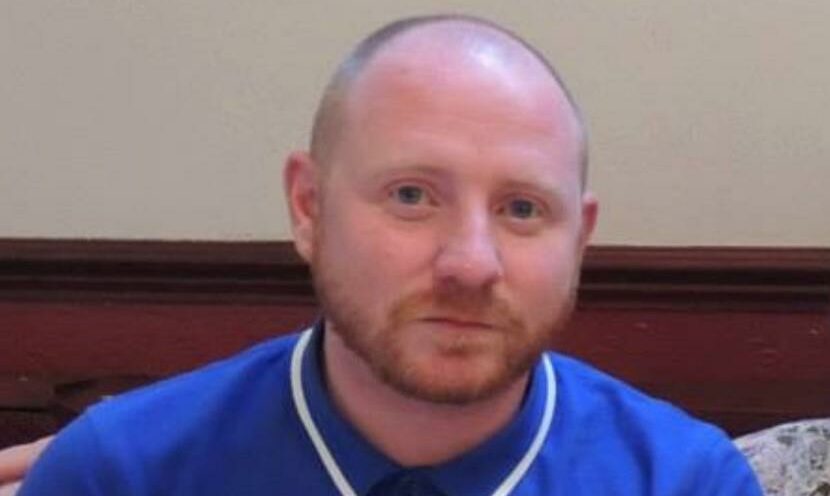
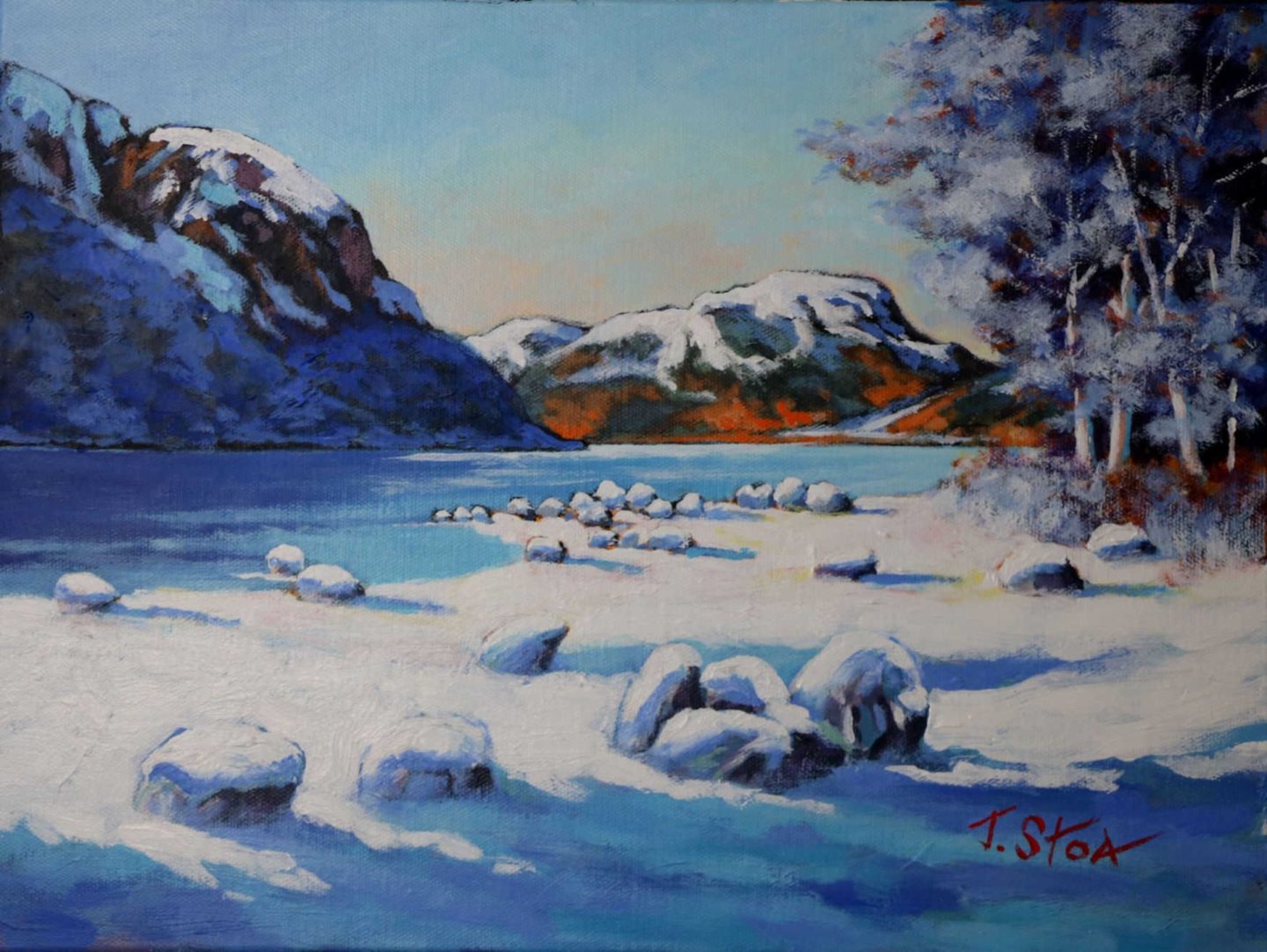
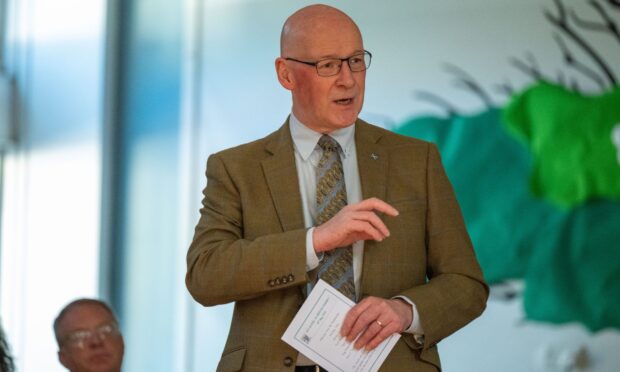
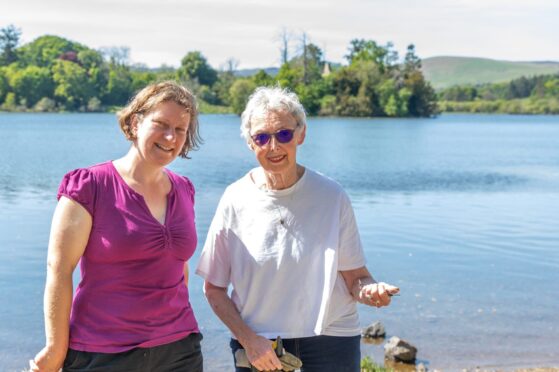
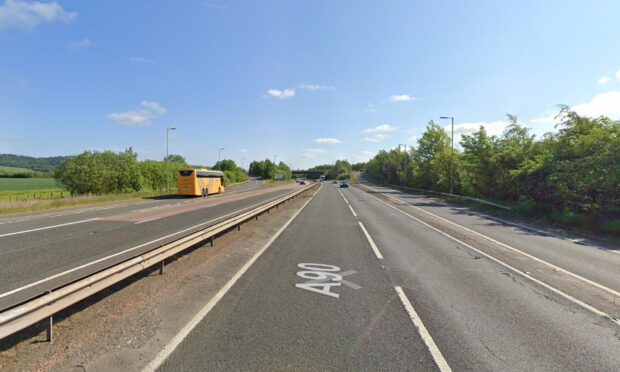

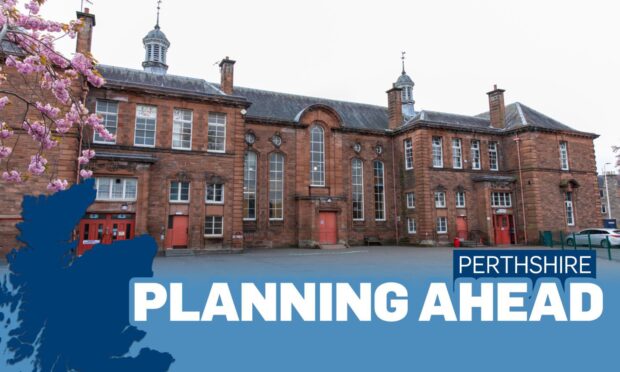
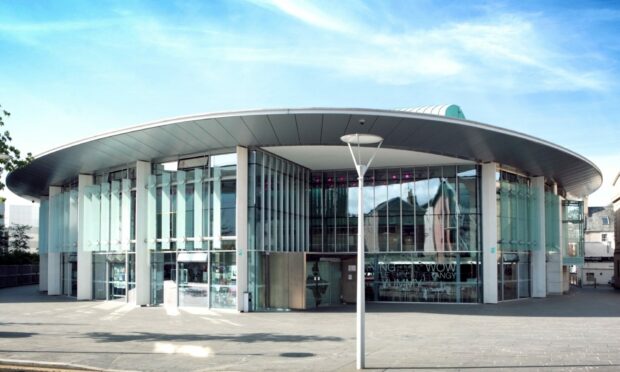


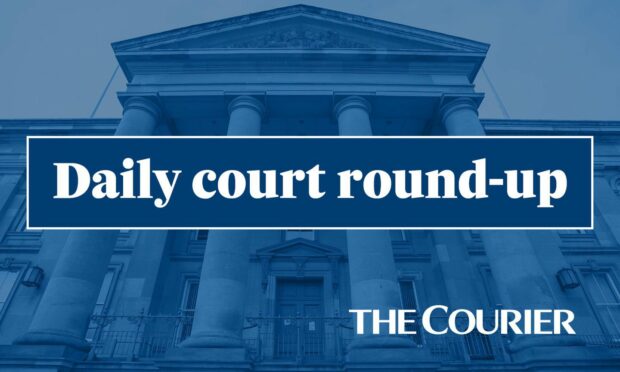

Conversation